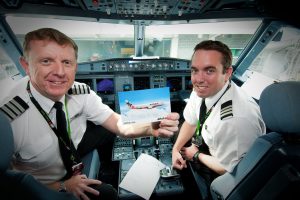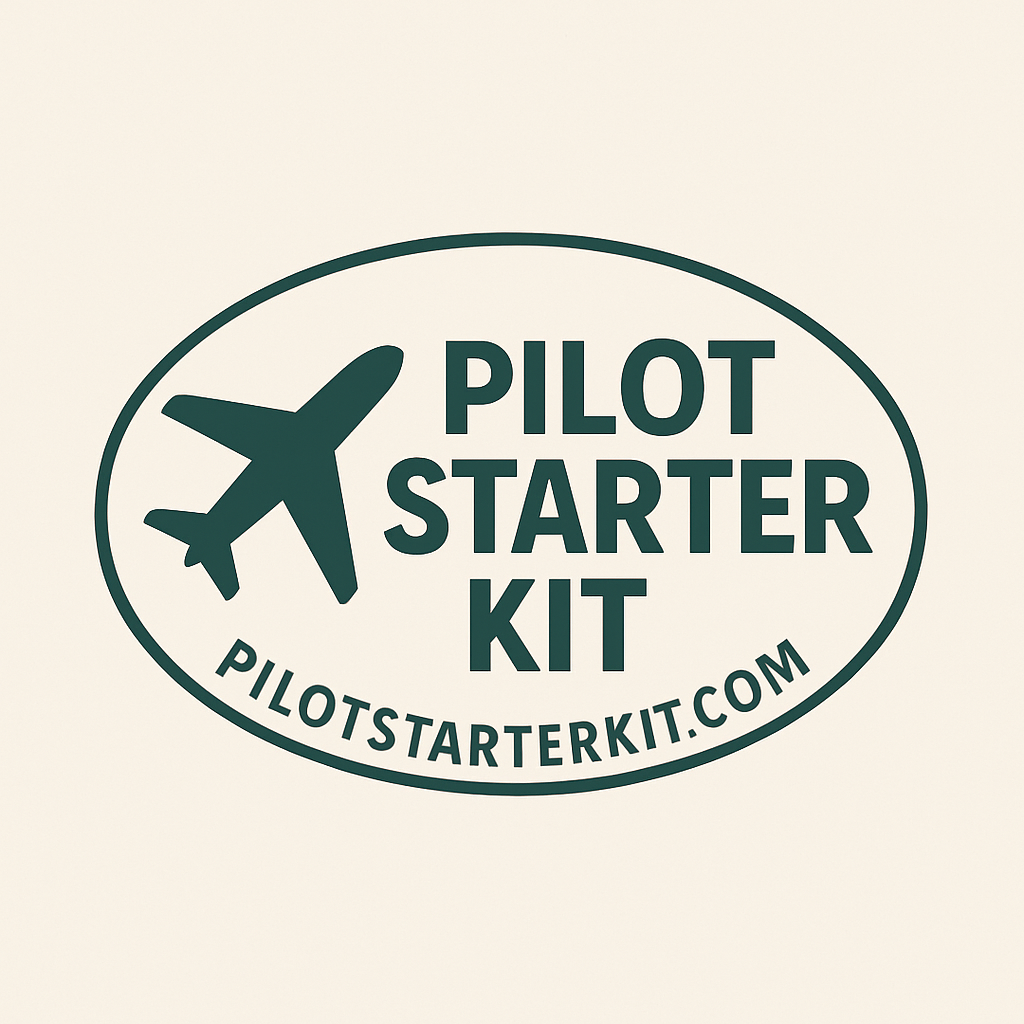
Becoming a private pilot is a huge achievement and a major milestone in your aviation journey. The transition from a student pilot to a private pilot is an exciting time filled with new opportunities, responsibilities, and challenges. However, this transition is more than just passing a checkride—it’s about building on the skills and knowledge you’ve gained as a student pilot and demonstrating your readiness for the next level of flying.
In this guide, we’ll outline the key steps you need to take to smoothly transition from a student pilot to a private pilot and successfully complete the requirements for your Private Pilot Certificate (PPL).
Table of Contents
-
Key Steps in the Transition from Student Pilot to Private Pilot
-
-
Log Your Flight Hours
-
-
-
Complete Ground School
-
-
-
Master Essential Flight Maneuvers
-
-
-
Pass the FAA Written Exam
-
-
-
Train for the Checkride
-
-
-
-
Build Confidence in Your Skills
-
Review FAA Regulations
-
Take Advantage of Cross-Country Flights
-
What Does it Mean to Be a Private Pilot?
A private pilot holds a certification that allows them to fly an aircraft for personal or recreational purposes. This includes:
-
Carrying passengers (not for compensation or hire).
-
Flying in visual flight rules (VFR) conditions.
-
Operating a wide variety of general aviation aircraft.
The private pilot certificate is the most common type of pilot certificate and serves as a foundation for further aviation training, such as obtaining a commercial or airline transport pilot certificate.
As a student pilot, you’ve already completed a significant portion of the training required for the private pilot certificate. The transition from student to private pilot involves refining your skills, gaining more experience, and proving your readiness through flight training, exams, and evaluations.
Eligibility Requirements for a Private Pilot Certificate
Before you can transition from student pilot to private pilot, make sure you meet the following eligibility requirements set by the FAA:
-
Age: You must be at least 17 years old.
-
Language: You must be able to read, speak, write, and understand English.
-
Medical Certificate: You need a third-class medical certificate issued by an FAA-authorized physician.
-
Flight Experience: You must log a minimum of 40 flight hours, including:
-
20 hours of flight training with an instructor.
-
10 hours of solo flight time (including at least one solo cross-country flight).
-
At least 3 hours of night flying (including 10 takeoffs and landings).
-
At least 3 hours of cross-country flying (including a cross-country flight of at least 50 nautical miles).
-
Additionally, you will need to pass a FAA written knowledge test, which covers aviation theory and regulations.
Key Steps in the Transition from Student Pilot to Private Pilot
The transition from student pilot to private pilot is a step-by-step process that involves gaining the necessary flight hours, mastering critical flight maneuvers, passing written exams, and successfully completing a checkride. Here’s what you need to do:
1. Log Your Flight Hours
To become a private pilot, you need to log a minimum of 40 hours of flight time, though many students require closer to 50-60 hours to feel fully prepared for the checkride. Make sure you are consistently flying with an instructor and solo to meet the required hours. Keep a detailed record of all your flights in your pilot logbook.
Your flight hours will include:
-
Dual Instruction: Flying with an instructor to work on specific maneuvers and skills.
-
Solo Flights: These will help you gain the independence needed to demonstrate your ability to fly alone.
-
Cross-Country Flights: Plan and execute cross-country flights to build experience in navigation and flight planning.
2. Complete Ground School
Ground school is an essential part of your transition to private pilot. This is where you will learn about aviation theory, including aerodynamics, flight rules, meteorology, navigation, and aircraft systems. You can take ground school in-person or online, and some flight schools combine ground school with flight training.
Ground school will prepare you for the FAA written exam and provide the foundational knowledge needed to make informed decisions during flight.
3. Master Essential Flight Maneuvers
As you work toward your private pilot certificate, you’ll need to demonstrate proficiency in a variety of flight maneuvers, including:
-
Steep turns: Turning at a high angle of bank.
-
Stalls: Practicing recovery from both power-on and power-off stalls.
-
Slow flight: Flying at the lowest controllable airspeed.
-
Emergency procedures: Handling situations such as engine failure or other in-flight emergencies.
-
Takeoffs and landings: Performing smooth and safe takeoffs and landings, including short-field and soft-field techniques.
Make sure you’re comfortable with these maneuvers and can perform them accurately and confidently.
4. Pass the FAA Written Exam
The FAA written exam (also known as the Knowledge Test) is a computer-based test that covers a wide range of topics related to aviation. It consists of 60 multiple-choice questions that test your understanding of:
-
Aerodynamics and aircraft systems.
-
Airspace regulations and weather.
-
Flight planning and navigation.
-
FAA rules and procedures.
You must score at least 70% on the exam to pass. Studying the FAA’s Pilot Handbook of Aeronautical Knowledge and other reference materials is essential for success.
5. Train for the Checkride
The checkride (also known as the practical test) is the final step to becoming a private pilot. During the checkride, an FAA examiner will assess your ability to safely operate an aircraft and perform required maneuvers.
The checkride consists of:
-
An oral exam: The examiner will ask you questions to test your knowledge of aviation regulations, procedures, and theory.
-
A flight test: You will demonstrate your ability to perform maneuvers and fly safely in various scenarios.
Make sure you’re well-prepared by practicing all the maneuvers required for the checkride and reviewing any areas where you may be uncertain.
Tips for a Smooth Transition
Build Confidence in Your Skills
The transition from student pilot to private pilot can feel overwhelming at times. Build confidence by consistently flying and challenging yourself with new scenarios. Don’t be afraid to ask your instructor for extra practice if there’s a particular area you feel less confident about.
Review FAA Regulations
Take the time to thoroughly understand FAA regulations and procedures. Being able to recall important rules, airspace classifications, and emergency procedures will make a huge difference during both the oral and flight portions of your checkride.
Take Advantage of Cross-Country Flights
Cross-country flights provide valuable experience in navigation, flight planning, and decision-making. Use these opportunities to practice your skills in a real-world setting, and ensure you’re comfortable with flight planning and solo navigation.
Conclusion
Transitioning from a student pilot to a private pilot is an exciting and rewarding journey. By following these steps, including logging flight hours, mastering flight maneuvers, passing the FAA written exam, and preparing for your checkride, you’ll be well on your way to earning your Private Pilot Certificate. With determination, focus, and consistent practice, you’ll soon be ready to take to the skies as a licensed private pilot.
✈️ Ready to take the next step? Download our Private Pilot Checkride Checklist here to stay on track for your certification!
